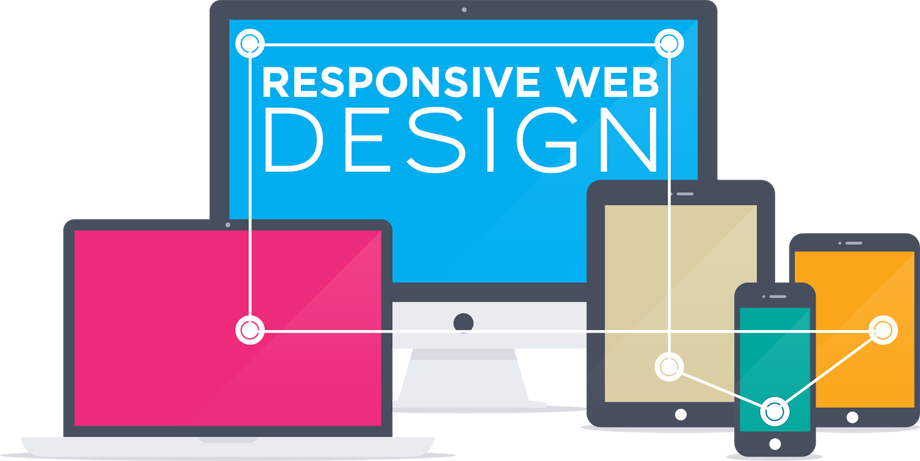Responsive web design
In the field of Web design and development, we are quickly getting to the point of being unable to keep up with the endless new resolutions and devices. For many websites, creating a website version for each resolution and new device would be impossible, or at least impractical. Should we just suffer the consequences of losing visitors from one device, for the benefit of gaining visitors from another? Or is there another option? Responsive Web design is the approach that suggests that design and development should respond to the user's behavior and environment based on screen size, platform and orientation. The practice consists of a mix of flexible grids and layouts, images and an intelligent use of CSS media queries. As the user switches from their laptop to iPad, the website should automatically switch to accommodate for resolution, image size and scripting abilities. In other words, the website should have the technology to automatically respond to the user's preferences. This would eliminate the need for a different design and development phase for each new gadget on the market.


Adjusting Screen Resolution
With more devices come varying screen resolutions, definitions and orientations. New devices with new screen sizes are being developed every day, and each of these devices may be able to handle variations in size, functionality and even color. Some are in landscape, others in portrait, still others even completely square. As we know from the rising popularity of the iPhone, iPad and advanced smartphones, many new devices are able to switch from portrait to landscape at the user's whim. How is one to design for these situations? One major problem that needs to be solved with responsive Web design is working with images. There are a number of techniques to resize images proportionately, and many are easily done. The most popular optionfluid images is to use CSS's max-width for an easy fix.

img { max-width: 100%; }
As long as no other width-based image styles override this rule, every image will load in its original size, unless the viewing area becomes narrower than the image's original width. The maximum width of the image is set to 100% of the screen or browser width, so when that 100% becomes narrower, so does the image. Essentially, as Jason Grigsbynoted, "The idea behind fluid images is that you deliver images at the maximum size they will be used at. You don't declare the height and width in your code, but instead let the browser resize the images as needed while using CSS to guide their relative size". It's a great and simple technique to resize images beautifully. Note that max-width is not supported in IE, but a good use of width: 100% would solve the problem neatly in an IE-specific style sheet. One more issue is that when an image is resized too small in some older browsers in Windows, the rendering isn't as clear as it ought to be.

Clients Testimonial
Our Blog
In today's Internet-centric world, people are becoming more confident than ever in sharing what's on their mind by writing blogs on their own websites. Blogging has become popular, especially to younger generations. For some, it has become an online diary...
